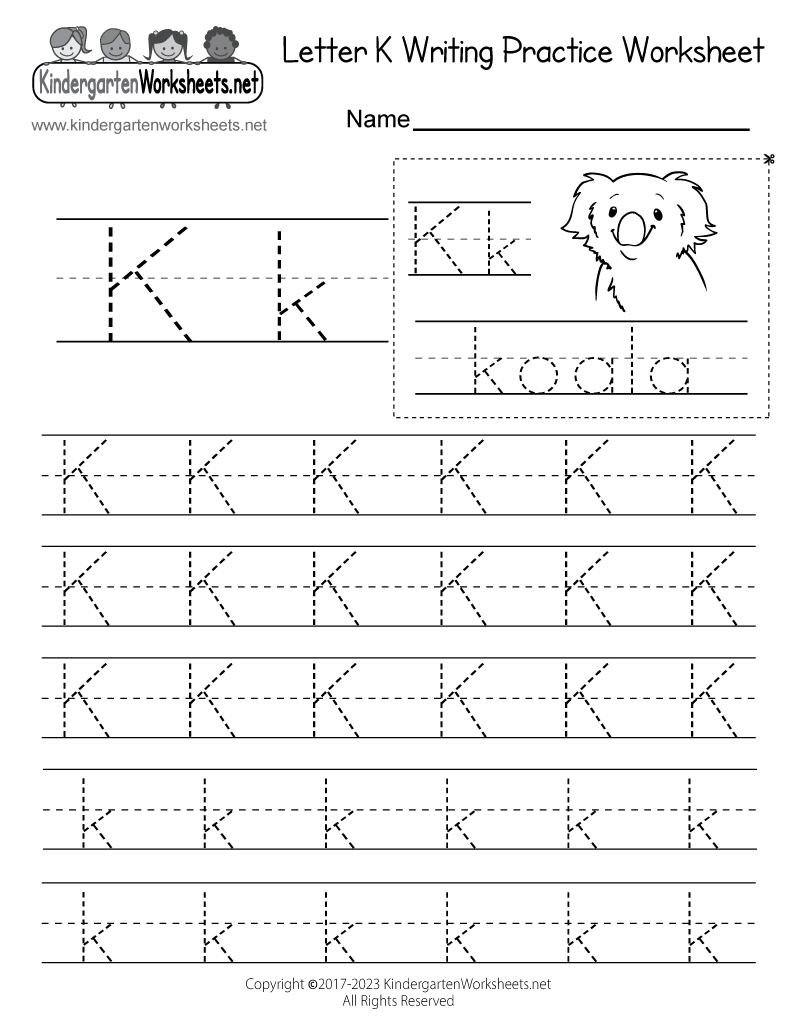Kindergarten is an exciting time for young children as they begin to learn about letters and sounds. One letter that often captivates their attention is the letter K. There are many fun and engaging activities that teachers can incorporate to help students recognize and identify the letter K. One effective way is by using pictures that start with the letter K.
Introducing letter K pictures to kindergarten students can help them develop their vocabulary and phonemic awareness. It also allows them to make connections between the letter K and the corresponding sound. By incorporating visual aids, teachers can make learning fun and interactive for young learners.
Examples of Letter K Pictures for Kindergarten
1. Kangaroo – A kangaroo is a fun and unique animal that starts with the letter K. Show students pictures of kangaroos in their natural habitat, hopping around with their joeys in their pouch.
2. Kite – A colorful kite flying high in the sky is a great visual representation of the letter K. Students can create their own kite crafts or drawings to reinforce their understanding of the letter.
3. Key – A shiny key can be a great prop to introduce the letter K to students. Teach them about the importance of keys in unlocking doors and keeping things safe.
4. Koala – A cute and cuddly koala is another example of a letter K picture that can capture the imagination of kindergarten students. Show them pictures of koalas hanging out in eucalyptus trees.
5. King – Introduce students to the concept of royalty with a picture of a king wearing a crown. Discuss the role of a king in a kingdom and how they are leaders of their people.
By incorporating these letter K pictures into classroom activities, teachers can make learning the alphabet a fun and memorable experience for kindergarten students. Encourage students to identify and label the letter K pictures, reinforcing their understanding of the letter and its corresponding sound.
In conclusion, using letter K pictures for kindergarten can be a valuable tool in helping young learners recognize and identify the letter K. By making learning interactive and engaging, teachers can create a positive learning environment where students can thrive and develop their literacy skills.
